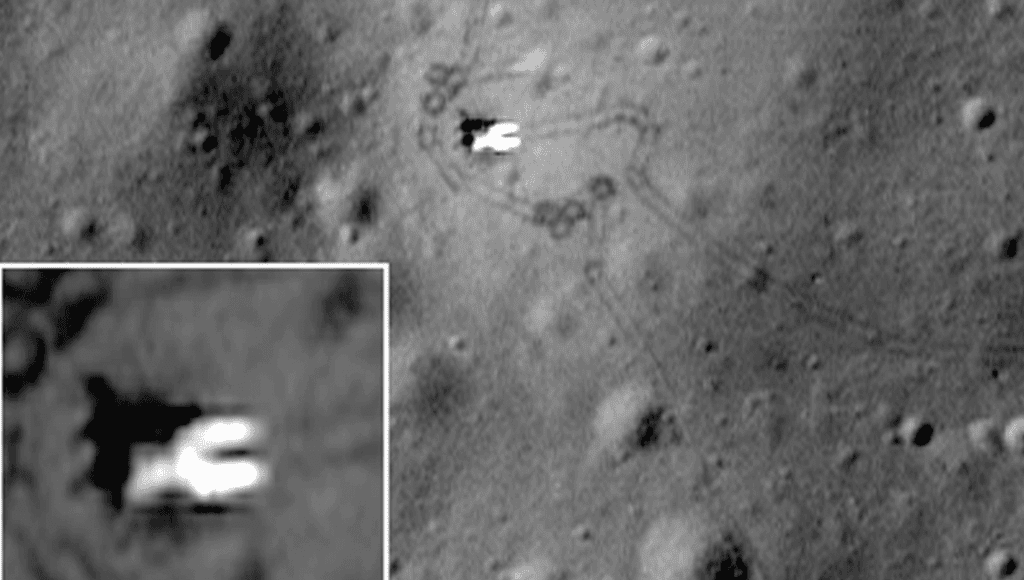Remembering Lunokhod 1: The First Robot Explorer of the Moon
In today’s era of sophisticated robotic rovers and even a flying helicopter buzzing around Mars, it’s fascinating to remember the pioneering spirit of earlier missions. Just a year after astronauts Neil Armstrong and Buzz Aldrin took their historic steps on the Moon, the robotic adventure to explore our celestial neighbors began. Enter Lunokhod 1—an emblem of ingenuity sent by the Soviet Union, marking one small roll for a robot and one giant leap for robotic exploration.
The Mission Begins
Launched on November 15, 1970, Lunokhod 1 was delivered to lunar orbit by the Luna 17 spacecraft. It safely landed on the Moon’s Sea of Rains two days later, on November 17. As the rover rolled down its ramp, it made history, leaving the first tire tracks on another celestial body—a moment that captured the imagination of humankind.
While technologically simple compared to today’s standards, Lunokhod 1 was quite remarkable, resembling a sturdy metal bathtub perched on eight wheels. Equipped for adventure, it carried various scientific instruments designed to study the Moon’s surface and provide images back to Earth.
What Made Lunokhod 1 Special?
NASA describes Lunokhod as a feat of engineering featuring antennas that helped it communicate from approximately 384,000 kilometers (238,600 miles) away. Its toolbox included:
- Four television cameras to capture stunning lunar landscapes.
- An X-ray spectrometer and X-ray telescope for analyzing lunar minerals.
- Cosmic-ray detectors to study space radiation.
- A laser device for additional measurements.
Lunokhod 1 was operated from a team stationed in Moscow, who had to wait 1.3 light-seconds for commands to reach the rover—imagine the suspense!
Powering this ambitious lunar vehicle was a solar cell array that generated energy during the day. In contrast, when the long lunar night swept in—temperatures plunging to a frigid -133°C (-208°F)—the rover relied on a polonium-210 radioisotope heater to keep operations humming.
Beating the Odds
Initially, the mission was designed to last approximately three lunar days (around 88.5 Earth days). However, Lunokhod 1 surprised everyone by thriving for an astonishing 11 lunar days, totaling 324 Earth days. During its time on the Moon, it traveled over 10 kilometers (6 miles), conducted more than 500 lunar soil tests, and sent back a breathtaking collection of over 20,000 photographs. Talk about making a lasting impression!
A Legacy of Exploration
Lunokhod 1’s achievements paved the way for future robotic exploration, igniting a passion for those eerie landscapes filled with unknowns. This little metal rover may have been primitive in design, but its contributions to lunar science were profound, creating a foundation for the high-tech rovers we see today.
As we look back at the heroic journey of Lunokhod 1, it’s hard not to feel inspired by the possibilities of what lies beyond Earth. With advances in AI and robotics constantly evolving, who knows what the future holds for exploration?
So, if you’re as captivated by these breakthroughs as we are, don’t miss out! The AI Buzz Hub team is excited to see where these innovations take us. Want to stay in the loop on all things AI? Subscribe to our newsletter or share this article with your fellow enthusiasts.




